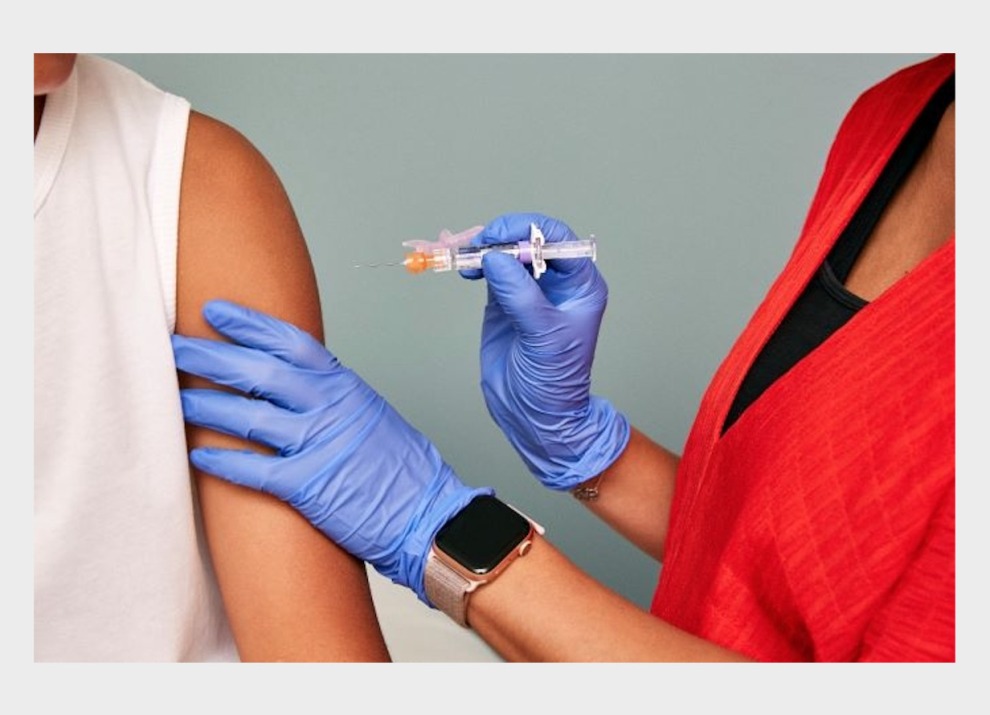How Do Vaccines Work?

Vaccines are one of the greatest achievements in modern medical history. More lives have been saved thanks to vaccines than any other medical advance in recent years. Not only do vaccines protect individuals who get vaccinated, but they also protect communities and produce huge societal benefits.
Vaccine Science Basics
When viruses or bacteria attack the body, they multiply, which causes an infection. The body’s immune system responds by creating germ-fighting tools such as antibodies and T-cells. As it fights infections, the immune system learns, keeping a few memory cells that help protect the body against the infectious invader in the future.
A natural infection can have long-term or even deadly consequences. Pneumonia, which is the single biggest killer of children, claims 800,000 lives every year. Through pneumococcal vaccines, pneumonia and other pneumococcal diseases can be prevented. Diarrhea is the second leading cause of death for children under 5 years old worldwide. Rotavirus, the number one cause of diarrhea in infants, is highly contagious, and common symptoms are severe diarrhea, vomiting, fever and abdominal pain. Fortunately, 9 out of 10 children are protected from severe rotavirus infections when they are vaccinated.
Vaccines work by imitating an infection to help the body develop immunity. Immunity is developed when our body establishes immune memory, allowing us to respond more quickly to pathogens we’ve encountered before. Unlike a natural infection, vaccines very rarely cause illness but still cause the body to develop antibodies and memory cells. This means the body learns how to fight the disease without experiencing the discomfort or dangers of a natural infection.
Success of Vaccines
Vaccinations have dramatically reduced disease, disability and death from a variety of infectious diseases, preventing 2-3 million deaths worldwide annually.
In addition, immunization results in significant economic benefits. In the United States alone in 2009, vaccination resulted in a net economic benefit to society of almost $69 billion. Research from 73 low- and middle-income countries also found that for every $1 spent on vaccination, there is a $21 return on investment from savings on healthcare costs, lost wages and decreased productivity due to illness from 2021 to 2030.
Vaccines Protect Communities
Getting vaccinated not only protects you but also indirectly protects those in your community, including at-risk populations. When a large portion of a population is immune to an infectious disease, either through prior illness or vaccination, community immunity (or herd immunity) is achieved, preventing the disease from spreading within the community and thereby providing indirect protection to those who can’t be vaccinated. While community immunity protects everyone, it’s especially important for those who cannot get vaccinated, like infants or people with serious allergies or weakened immune systems. In the United States, measles, mumps, polio and chickenpox are now rare because vaccines helped establish community immunity.
When vaccination rates drop, we see outbreaks because community immunity is no longer preventing the disease from spreading. For instance, the measles outbreak in Washington State in 2019 started in Clark County, which had low vaccination rates. This posed a risk not only within the county but also to at-risk individuals in neighboring areas.

Types of Vaccines
A lot of research goes into developing vaccines to ensure their safety and efficacy. Currently, there are six main types of vaccines.
Live attenuated: contains a weakened version of the living virus/bacteria that provokes an immune response without causing an illness (e.g., yellow fever, chicken pox, oral polio vaccine)
Inactivated/Killed: contains an inactivated version of the virus/bacteria that does not cause illness (e.g., injectable polio vaccine, rabies, hepatitis A)
Subunit: contains only parts of the virus/bacteria and essential antigens, molecules capable of stimulating an immune response (e.g., meningococcal, hepatitis B, HPV)
Conjugate: combines a weak antigen with a strong antigen as a carrier, enabling the immune system to respond more strongly to the weak antigen (e.g., pneumococcal, typhoid conjugate vaccine)
Toxoid: contains toxoids, a weakened version of toxins (poisonous proteins) that are released by bacteria, to trigger the immune system to learn to fight off the natural toxin. Toxoids are not poisonous (e.g., tetanus, diphtheria)
Genetic: introduces genetic instructions from a virus’ DNA or RNA to stimulate immune system (none yet approved for human use)
Vaccine Ingredients
Sometimes additional ingredients called adjuvants are used in vaccines to help our bodies create a stronger immune response. By enhancing the body’s immune response, adjuvants help vaccines work better. Adjuvants have been used safely in vaccines for decades.
Let’s take aluminum as an example. Aluminum is naturally present in the air we breathe, water we drink and food we eat. The average person takes in an average 30-50 milligrams of aluminum daily. In vaccines that do contain aluminum, there is about 0.125-0.625 milligrams per dose, which is ~1% of the daily amount we take in naturally.
Vaccines are much safer than natural infections and help protect both individuals and communities. There are massive benefits to getting vaccinated, so check out the U.S. immunization schedule, and WHO’s recommendation for routine immunization to make sure you and your family are on track!







